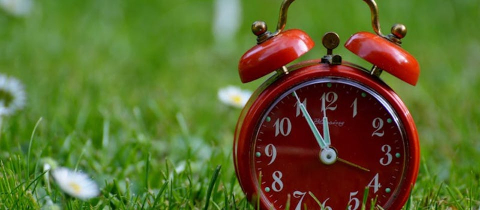There are many kinds of pain—Piercing, burning, aching, shocking—but the type I want to focus on today is throbbing. Throbbing pain is often associated with toothaches, headaches, migraines, and pain in the extremities but can occur nearly anywhere in the body. Its pulsing nature can be incredibly annoying to those affected, but it also raises an interesting question: when pain throbs, what rhythm is it following?
Contrary to what you might think, throbbing pain is not beating to your heartbeat or pulse. A 2012 study looked at the throbbing rate of 29 dental patients’ pain, as recorded by patients pushing a button every time they felt a painful throb, compared to their arterial pulse measured in their earlobes. The mean arterial pulse rate was 73 beats per minute (bpm), compared to a throbbing pain rate of just 44 bpm. Researchers further analyzed the simultaneous recordings and found that the two rhythms weren’t synchronous in any way.
If throbbing pain isn’t paced against our heartbeat or pulse, then what determines its rhythm? Simply put, we don’t know! The study’s authors theorize that the pacemaker of throbbing pain is contained somewhere within the central nervous system, but we currently do not have any more specific theories. For now, we just have to accept that throbbing pain marches to the beat of its own drum.







